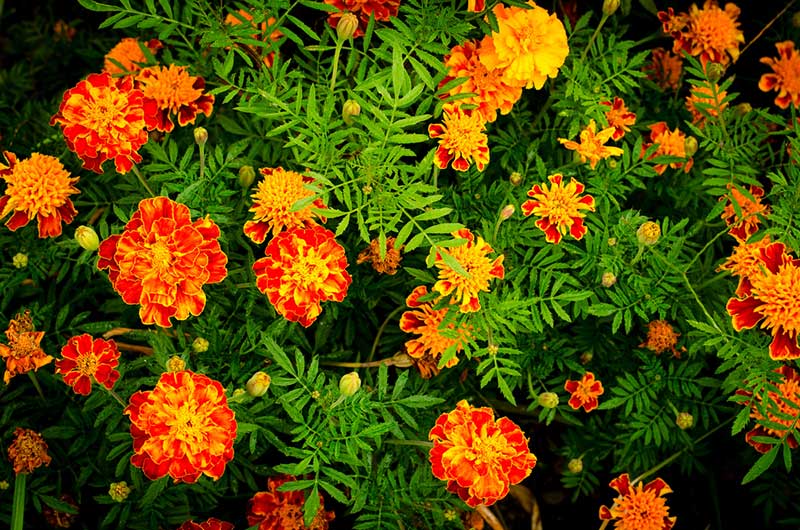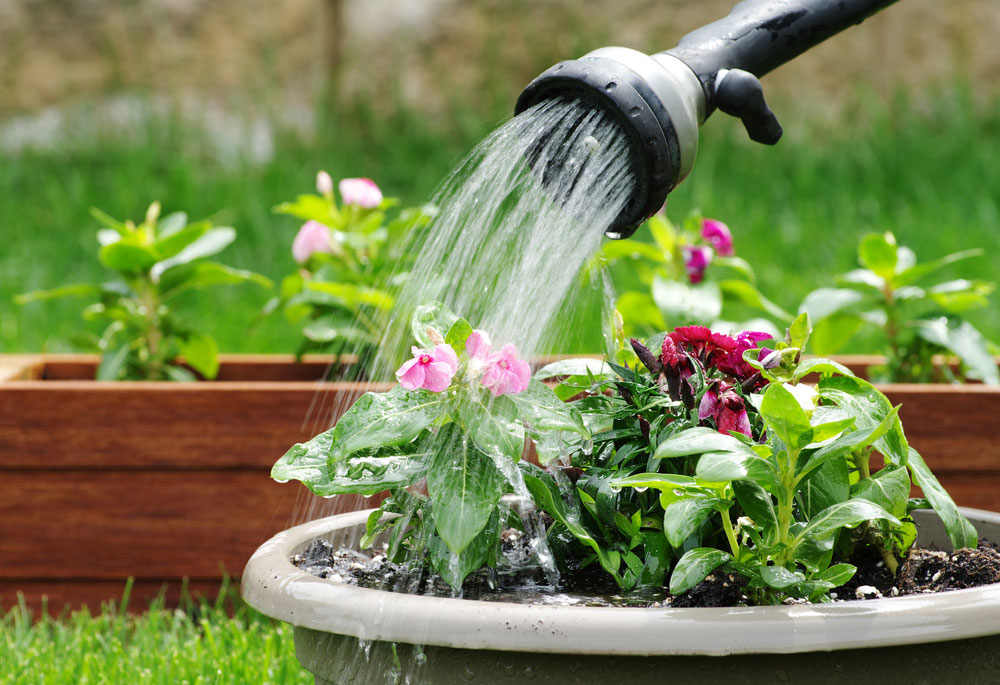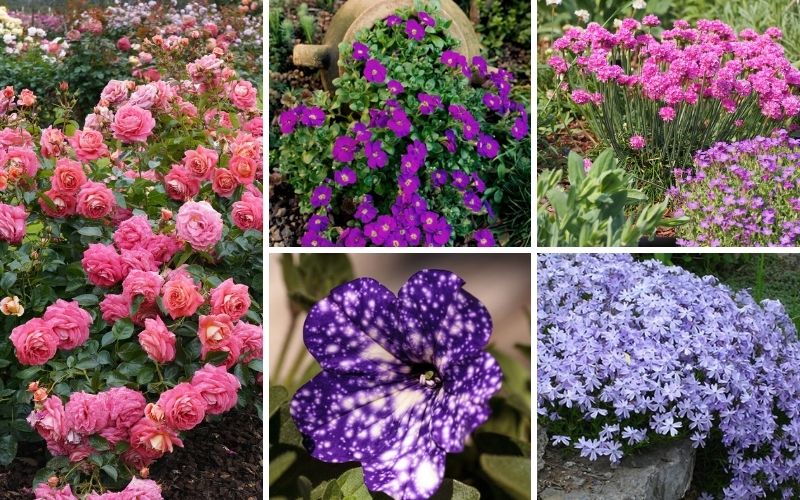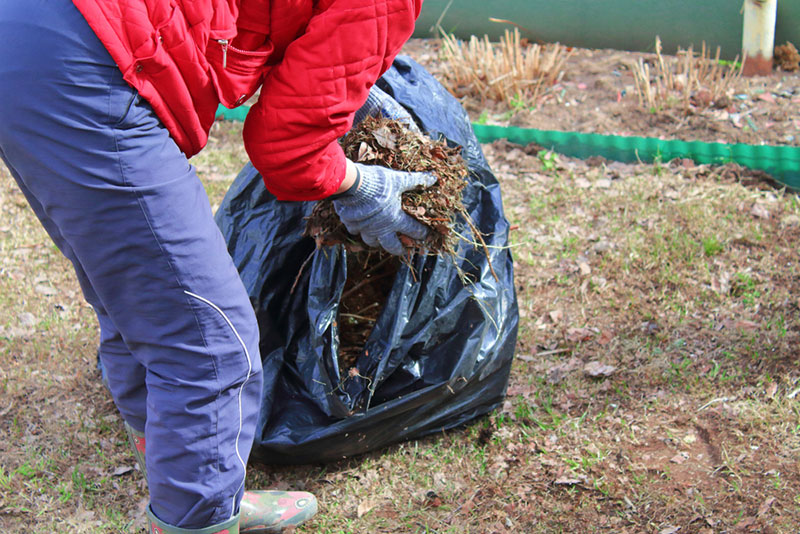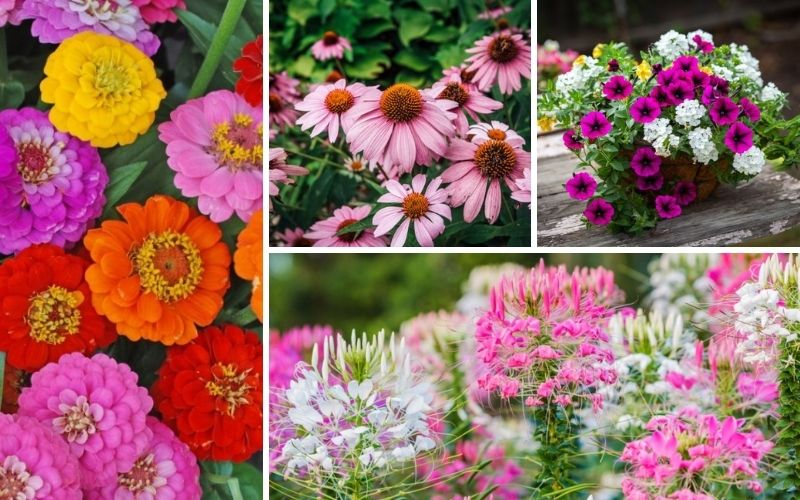Perennials are the mainstay of flower beds reliably returning each year in bigger clumps. They require relatively little care and can be depended on to produce blooms at the same time each year. Planting perennials that bloom at different times allows you to keep the garden alive with color all summer.
When you are in the mood to add new perennials to the garden, or your existing perennials need dividing, you may find yourself asking, “When is the right time for planting perennials?” The answer depends on the perennial and whether you are planting container-grown perennials, bare-root perennials, dividing and replanting established perennials, or if you are planting your perennials from seed.
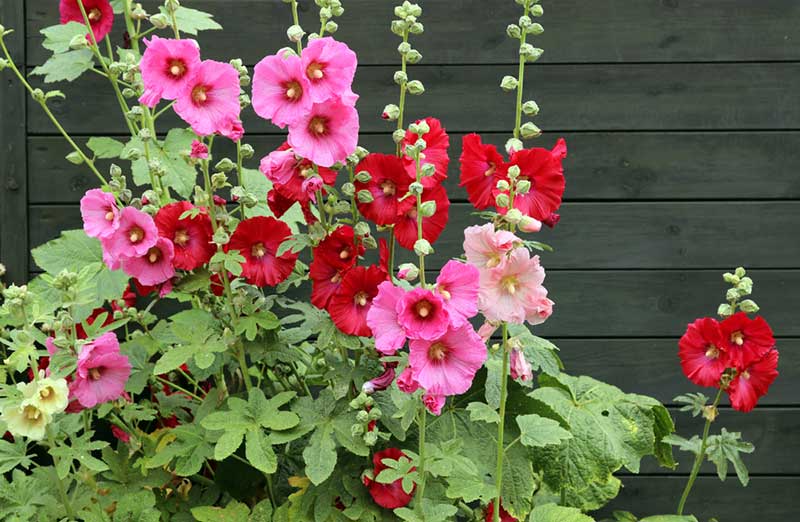
Planting Container Grown Perennials
Container grown perennials are those you purchase in the nursery in pots. These plants have established roots with abundant foliage. Container grown perennials may even be in bloom when you purchase them. While you can plant container grown perennials at any time, spring and fall planting are recommended.
Spring planting is ideal as the soil is warm, the hours of sunlight are increasing and there is typically adequate rainfall to keep the soil moist. Dig a hole twice the size of the root ball of your perennial. Add well-rotted manure or compost to the hole and work it into the existing soil. Position the plant to its original planting depth and firm down the soil around the plant. Keep the soil moist until you see signs of new growth. Then resume your regular watering schedule for al your perennials, typically once or twice a week if there is not adequate rainfall.
Fall planting is the second-best option for container grown perennials because it gives the roots plenty of time to become established before the ground freezes. Perennials in nurseries and greenhouses are often on sale late in the summer or early fall making it an ideal time to purchase new perennials at a reduced cost. Plant them 4 to 8 weeks before the ground freezes in your area.
Planting Bare-root Perennials
Bare-root perennials are sold or shipped in the dormant state. These plants have been grown in the ground and dug up to harvest the roots. They consist of a cluster of roots and a stem with little to no active growth. They benefit from spring planting as they are ready to break dormancy and send forth new growth. Plant them after the last frost in your area when temperatures remain above 45 to 50 degrees. Soaking the roots in tepid water overnight will help break dormancy and promote new growth.
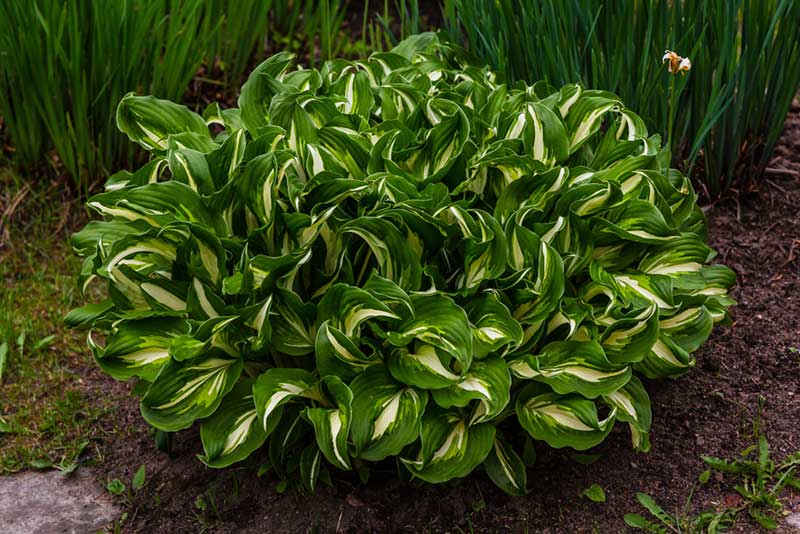
Dividing and Replanting Established Perennials
The best time to divide and replant established perennials is fall.
1. Water your perennials well the day before dividing them. Moist soil is easier to dig and will make digging and dividing the roots easier.
2. Cut the foliage back to 3 to 4 inches in height before digging the plants up.
3. Use a garden fork or spade to dig a wide birth around the clump.
4. Slide the tines of the fork under the roots of the plants and lift them free from the soil.
5. Shake them gently to remove excess soil from the roots. If the soil resists your efforts wash them with the sprayer on your hose to remove remaining soil. This makes the roots easier to see and divide.
6. Gently tease the roots apart with your hands so that each section has 2 to 3 shoots.
7. Replant the sections of your perennials in an area with similar growing conditions to the originals.
Planting Perennials from Seed
Growing perennials from seed is a cost-effective method of adding new perennials to your flower bed, but it does come with a price. Many perennials planted from seed do not bloom the first year, explains the Michigan State University Extension. Some may produce a few blooms, but they are typically small.
If you choose to grow perennials from seed do so in the spring. Planting the seeds inside in late winter and growing the seedlings under plant lights until it is time to plant them outside will increase the likelihood your perennials will bloom the first year.
Otherwise, plant perennial seeds in the garden in the spring after all danger of frost has passed in your area. Pay close attention to the planting instructions on the seed packet. Some seeds need light to germinate and will not germinate if they are covered with soil. Water them frequently to keep the soil moist until seedlings emerge. Be patient. Many perennials can take several weeks to germinate and grow.





